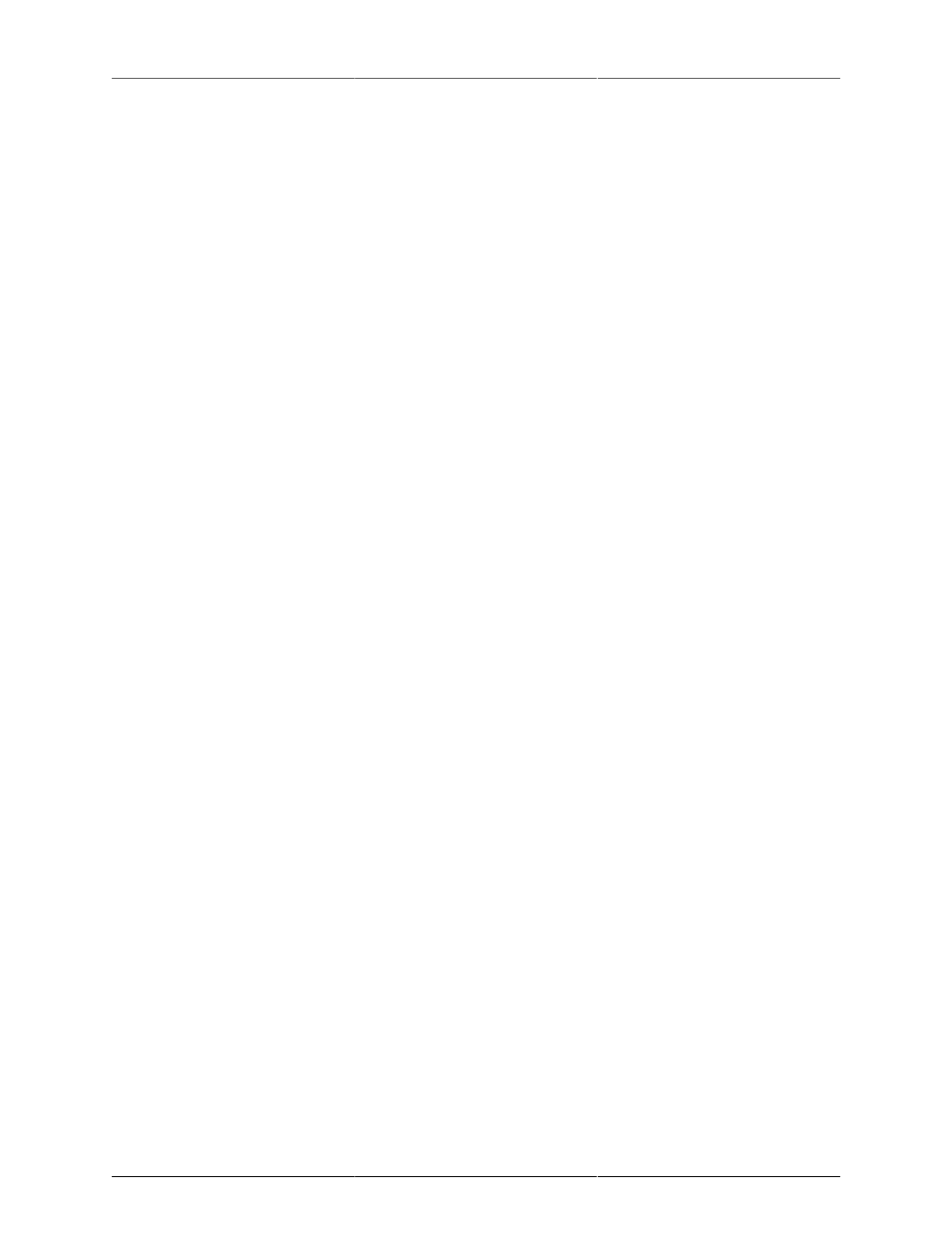Metric Halo Mobile I/O User Manual
Page 240

Record Panel
240
• Select the interface that will be receiving timecode under LTC Device
• Select the input that the timecode is received on. On the ULN-8, this would normally be the SMPTE
input, but can be received from any other input that is routed to a FireWire channel. On the 2882 and
ULN-2, timecode can be received on any input that is routed to a FireWire channel.
You can specify the bit depth that you would like to record at. Using 16-bit files saves space but provides less
dynamic range. The Record Panel does not dither the incoming 24-bit signal to 16-bits (it is just truncated).
You can use dither in the MIO Mixer to dither to 16-bit for recording if you will record at 16-bit.
Next is the Auto Break File Size pop-up. This allows you to have the Record Panel automatically begin a new
take once your record files hit a specified size. The choices are Unlimited (no break), 512MB, 1GB, 2GB and
4GB. This can be used to ensure that your files respect cross-platform and file format size restrictions. The split
between takes is sample accurate.
If you record using the BWF file format, the Record Panel will include a BEXT chunk with recording metadata.
This probably is only useful to you if you work with an EBU facility. The BWF Metadata User Fields allow you
to set the following codes in the BEXT chunk:
• Country Code (2 chars) and Facility Code (3 chars)
These are used to create the USID (if the USID checkbox is ticked).
• Originator (32 chars)
Sets the BWF Originator field.
• Reference (32 chars)
Sets the BWF OriginatorRef field (unless the Autogenerate Reference USID box is ticked; if it is, then
the USID is used).
• Description (256 chars)
Sets the BWF Description field (supports the entry of line breaks).
• Coding History (256 chars)
Sets the BWF CodingHistory field (supports the entry of line breaks).
• Origination Date and Time
Set the BWF OriginationDate and OriginationTime respectively. If the “Auto” checkboxes are ticked,
the corresponding field is automatically set as per the BWF standard.
More information about BEXT chunks is available from the EBU at
.
Apple's Spotlight can cause audible glitches in a recording if the record file is indexed while the files are being
written. This preference (which is on by default) will add a ".noindex" suffix to the take folder to stop Spotlight
from indexing the active recording. When the recording is finished, simply delete the ".noindex" suffix to allow
Spotlight to index it for searching. This preference should only be turned if you have excluded your main record
and mirror drives in Spotlight's "Privacy" tab or have disabled Spotlight indexing entirely through other means.